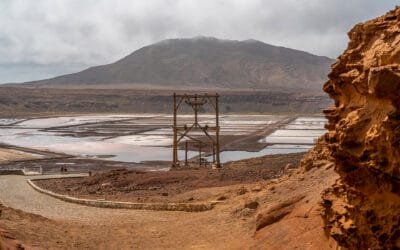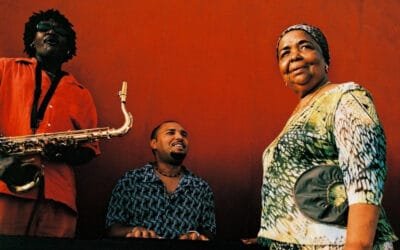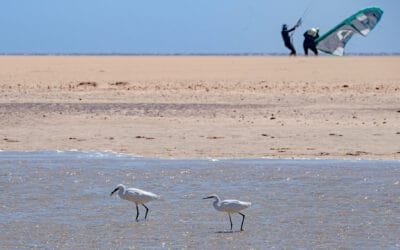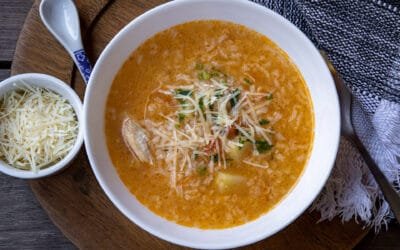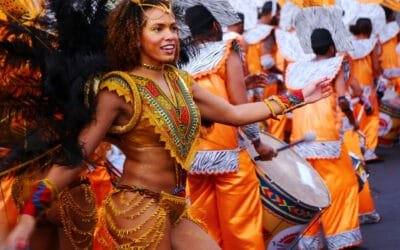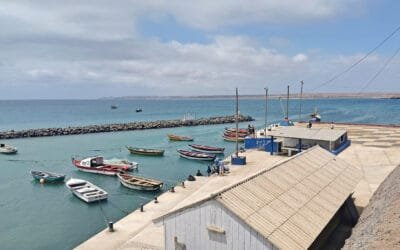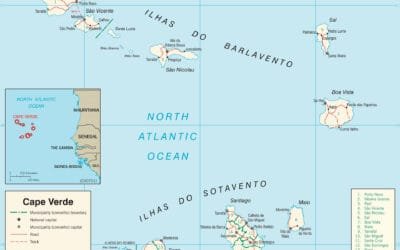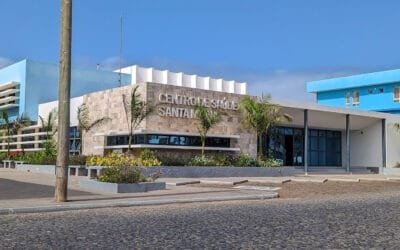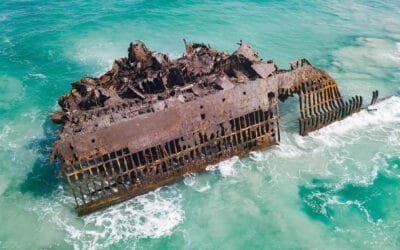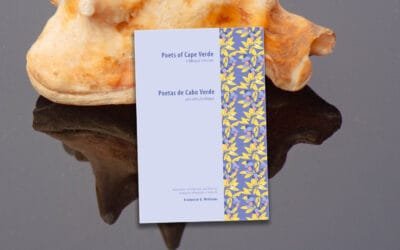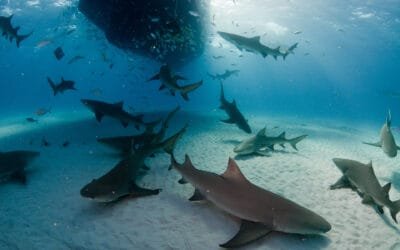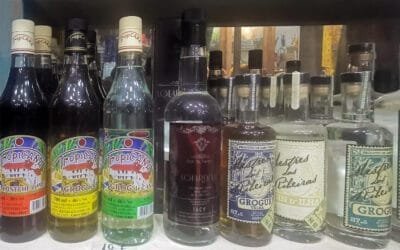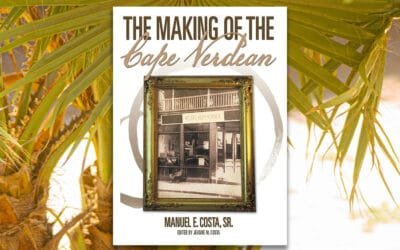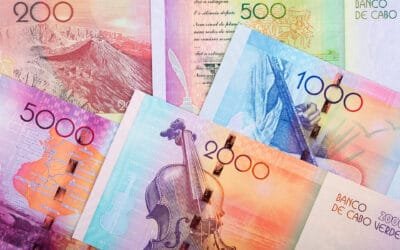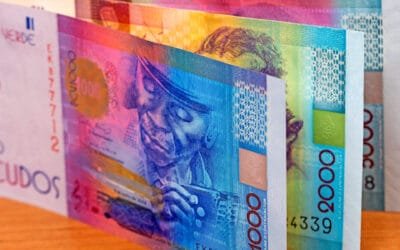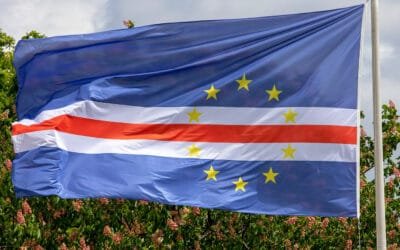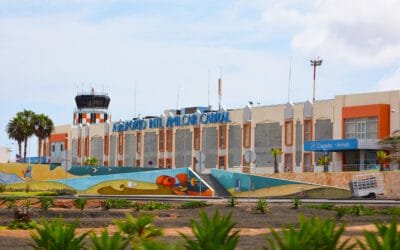Explore Sal Island
Quiet beaches, steady winds, chilled bars. Welcome to Cape Verde’s easy-going paradise. ARTICLESBOOKS & MORETHE OCEAN, SAND & SUN
“Paradise is when your mind is in a perfect state,” says Frederick Lenz, and that’s what Cabo Verde offers you — it’s as colourful as happy if you only discover its vibrant energy, natural beauty and great culture. The more you get to know the place, the more fascinating it gets. Explore the Island of Sal through this website, and see if you fall in love with what Sal can offer you.
New Articles
Salinas Pedra de Lume: All You Need to Know about Salt Mines
Nestled within the crater of a dormant volcano on Sal Island, Cape Verde, the Salinas de Pedra de Lume weave a story of nature, ingenuity and transformation.
Morna: The Magic of Caboverdean Music and Dance
On a balmy evening on the Cape Verdean island of São Vicente. The gentle strum of a guitar and the plaintive voice of a singer spill out from a seaside tavern. Inside, couples sway in a close embrace, moving slowly to the languid rhythm of a morna. A song of love and...
Birds of Cabo Verde: The Most Popular Species
Cabo Verde is an ornithologists’ paradise. It is a fantastic place for birdwatching. There are many bird species here, both native only to the islands of the archipelago (and nowhere else) and many typically African and migratory species. Below is a list of over 20 bird species observed on Sal and the other islands. How many of them have you seen?
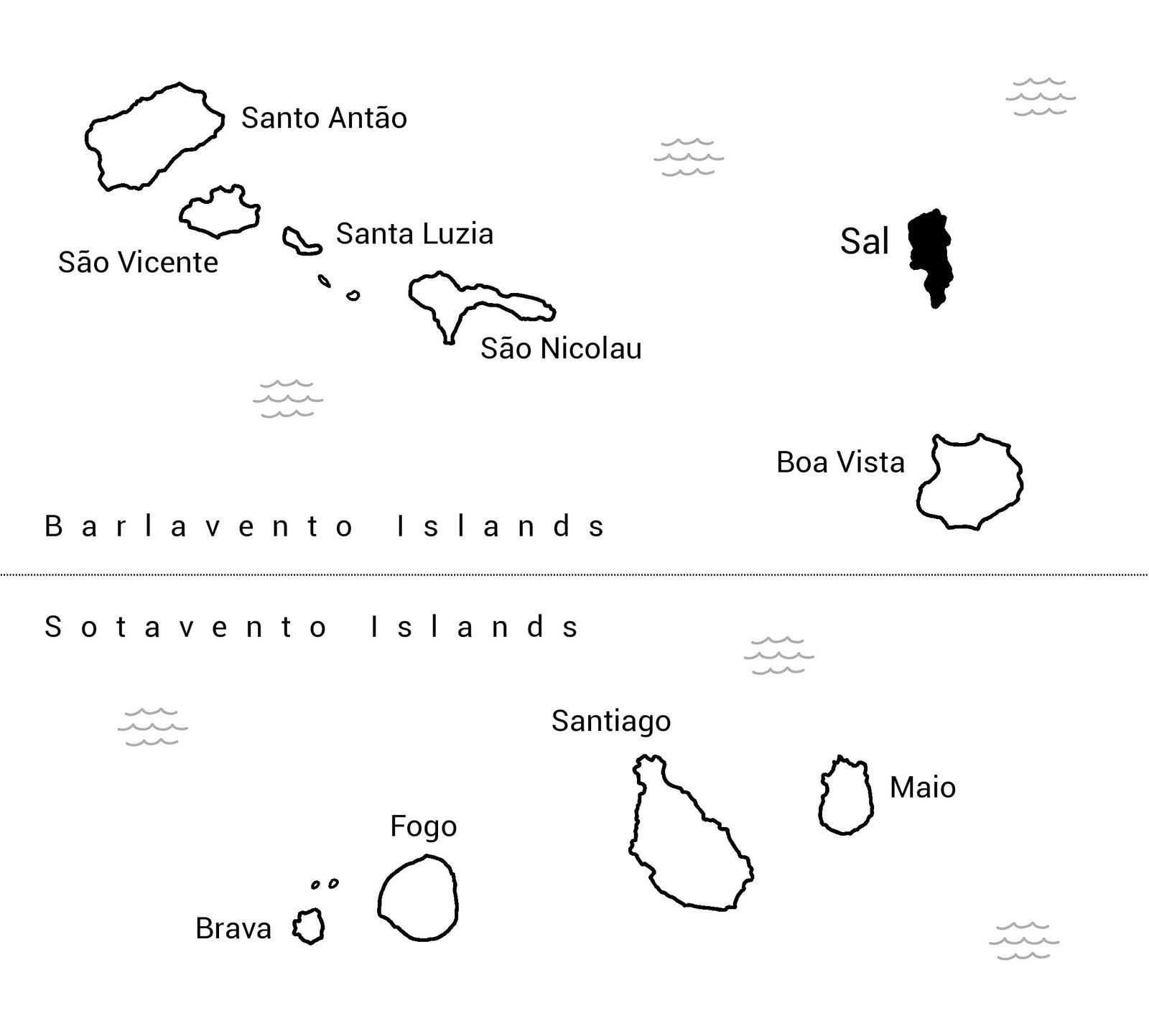
Understanding Cape Verde
An essential step towards truly understanding a country’s culture is diving into its history. Events from the past profoundly shape local customs, behaviours, and the community’s character. To see Cabo Verde beyond its image as a sun-soaked tourist paradise, you first need to get familiar with its past — learning Caboverdian history is your starting point. From there, the authentic beauty and richness of local life become genuinely visible. Explore our pages to discover more about genuine Cape Verdean culture, away from tourist clichés.
Explore
Canja de Galinha: The Rich and Delicious Chicken Soup
There are dishes that nourish the body, and then there are dishes that nourish the soul. In Cape Verde, canja de galinha does both. This rich, comforting chicken soup — thicker than a broth, lighter than a stew — is found simmering in kitchens from Santiago to Santo...
Necessarily Black: Cape Verdean Youth, Hip-Hop Culture, and a Critique of Identity
Necessarily Black is an ethnographic account of second-generation Cape Verdean youth identity in the United States and a theoretical attempt to broaden and complicate current discussions about race and racial identity in the twenty-first century. P. Khalil Saucier...
List of Most Important Events, Festivals and Holidays
January 01 – New Year (Novo Ano)13 – Day of Democracy (Dia da Democracia)15 – Municipal festival in Tarrafal, Santiago17 – Congregation in Cidade Velha, Santiago17 – Municipal festival in Ribeira Grande, Santo Antão20 – Day of the National Heroes (Dia dos Heróis)22 –...
Pontche: traditional sweet Cabo Verdean liqueur
On the islands of Cape Verde, where steep terraces meet Atlantic winds and sugarcane fields line volcanic hills, there’s a drink that speaks softly but deeply of tradition: pontche. A smooth, molasses-sweet liqueur blended from the archipelago’s famous grogue, pontche...
Porto de Pedra de Lume – A Quiet Harbor at the Edge of the Crater, Sal Island, Cape Verde
Perched just off the rugged coast east of Espargos lies the Porto de Pedra de Lume, a small recreational marina that speaks softly of Sal’s quieter side. Far from the glimmer of Santa Maria’s tourist hub, this modest harbour serves local fishermen, pleasure craft, and...
Radio Kriola – Traditional and Modern Cabo Verdean music
On Sal, every evening, the air hums with morna’s melancholic chords and funaná’s beats. Thousands of kilometres away, in a studio in Germany, Radio Kriola carries the music of the ten islands across continents. Launched on laut.fm and supported by listeners in Germany...
Learn Kabuverdianu: Cape Verdean Creole Alphabet (video)
The only writing system officially recognised by the authorities in Cape Verde is called the Alfabeto Unificado para a Escrita da Língua Cabo-verdiana (ALUPEC), which translates to ‘Unified Alphabet for the Writing of the Cape Verdean Language’. It’s a phonetic...
Cabo Verde in a Nutshell – History, Culture, Politics & Art
Cape Verde comprises ten islands, of which nine are inhabited, and is located 375 miles (600 kilometres) off the coast of Senegal. The combined area of all the islands is 1,557 square miles (4,033 square kilometres), roughly the size of Rhode Island. The islands vary in geographical characteristics. Sal, Boavista, Maio, and São Vicente are flat and desert-like, with stretches of dunes. Santiago, Santo Antão, Fogo, and São Nicolau are more mountainous and arable, although all the islands have a long history of drought. They are all of volcanic origin; Fogo, the only volcano that is still active, last erupted in 1995. The capital, Praia, is on the island of Santiago, which is the largest in terms of area and population and the first settled.
Sal’s Hospitals, Clinics and Pharmacies: Useful Information
Whether you are on the island as a tourist or resident, it’s good to have up-to-date information on the nearest health centres and pharmacies. Health is a primary value, and it is crucial to protect it and to be able to get help quickly and efficiently in the event of illness or accident. I had the opportunity to visit almost all of the local clinics when I fell ill a few weeks after arriving on the island, and I still remember how much stress it caused me to search for information with a fever. Therefore, in this article, I tried to gather all the information on the island’s private and public health centres and pharmacies.
Wreck of a Spanish cargo ship on Praia de Atlanta, Boa Vista
Praia de Atalanta is a beach on the north coast of the island of Boa Vista, approximately 6 km northeast of the island capital of Sal Rei and 3 km west of Vigía. On its sandy beach stands the old, dark and corroded shipwreck. It’s a Spanish cargo ship named Cabo Santa Maria, which ran aground on September 1, 1968. Salty water and winds of the Atlantic took over that steel giant, slowly eroding and breaking it down.
The shipwreck’s corroded body became the icon of Praia da Atalanta, inspiring painters and writers.
Poets of Cape Verde – A Bilingual Section translated by Frederick G. Williams
Sources in English about Cape Verdean literature are rare. Poets of Cape Verde: A Bilingual Selection, presents the work of thrity-six poets in both Portuguese and English; the authors’ periods range from the nineteenth centruy to the present. Information: “Poets of...
Lemon Sharks (Negaprion brevirostris): a Close Look at the Species
The lemon shark (Negaprion brevirostris) occupies shallow waters, coral keys and mangrove forests along the Atlantic Ocean and parts of the Pacific. It inhabits and returns to specific nursery sites for breeding, like the Shark Bay of Sal Island – the shallow bay where you can go in the water to see the little lemon sharks closely.
Grogue: The Famous, Strong Drink from Cape Verde
Grogue (pronounced “grog”) is to Cape Verde what cachaça is to Brazil or rum is to Jamaica: a sugarcane spirit deeply woven into the social fabric.
“Making of the Cape Verdean” by Manuel Costa
The Making of the Cape Verdean is a book written about Cape Verdeans who migrated from the Cape Verde Islands in the late 1800’s to the 1970’s to New Bedford Massachusetts. The book is based on the historical facts about the Portuguese colonization of the Cape Verde islands and its people located off the West Coast of Africa. The author provides the history of colonization under Portuguese rule of Salazar and how the Cape Verdean people survived famine, imprisonment, torture, politcal unrest and the abandonment of the Portuguese government.
In addition, the author gives you a voyeuristic view of what life was like growing up in the Cape Verdean community in New Bedford after they migrated to the United States. This book is a powerful recap of of Cape Verdeans from this period and location. There is no other documentation that captures the Cape Verdeans the way “The Making of the Cape Verdean” does in this book.
Escudos: Introducing People from Cape Verdean Banknotes
The available banknotes in Cape Verde include denominations of 200, 1,000, 2,000, 2,500, and 5,000 escudos. Each banknote features iconic landmarks, renowned cultural figures, or important events related to the history and culture of Cape Verde.
Escudos: All You Need to Know About The Currency
Cape Verde, officially known as the Republic of Cabo Verde, has its own currency known as the Cape Verdean Escudo (CVE). Here are some key details about the Cape Verdean currency.
Dvelve Into the Symbolism of Cape Verdean Flag
Explore the meaning and history behind the Cabo Verdean flag. Learn how its design reflects the nation’s identity, daily life, and evolving culture.
Amílcar Cabral International Airport: All You Need To Know
Amílcar Cabral International Airport (SID), also known as Sal International Airport, is the leading international airport of Cape Verde. It’s located 2 km southwest of Espargos, the island’s capital, and has a maximum capacity to handle around 2,600 passengers per...

